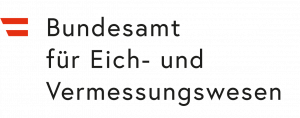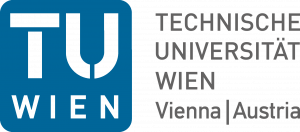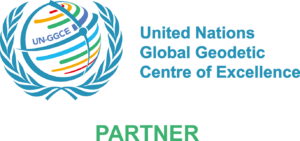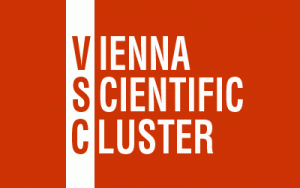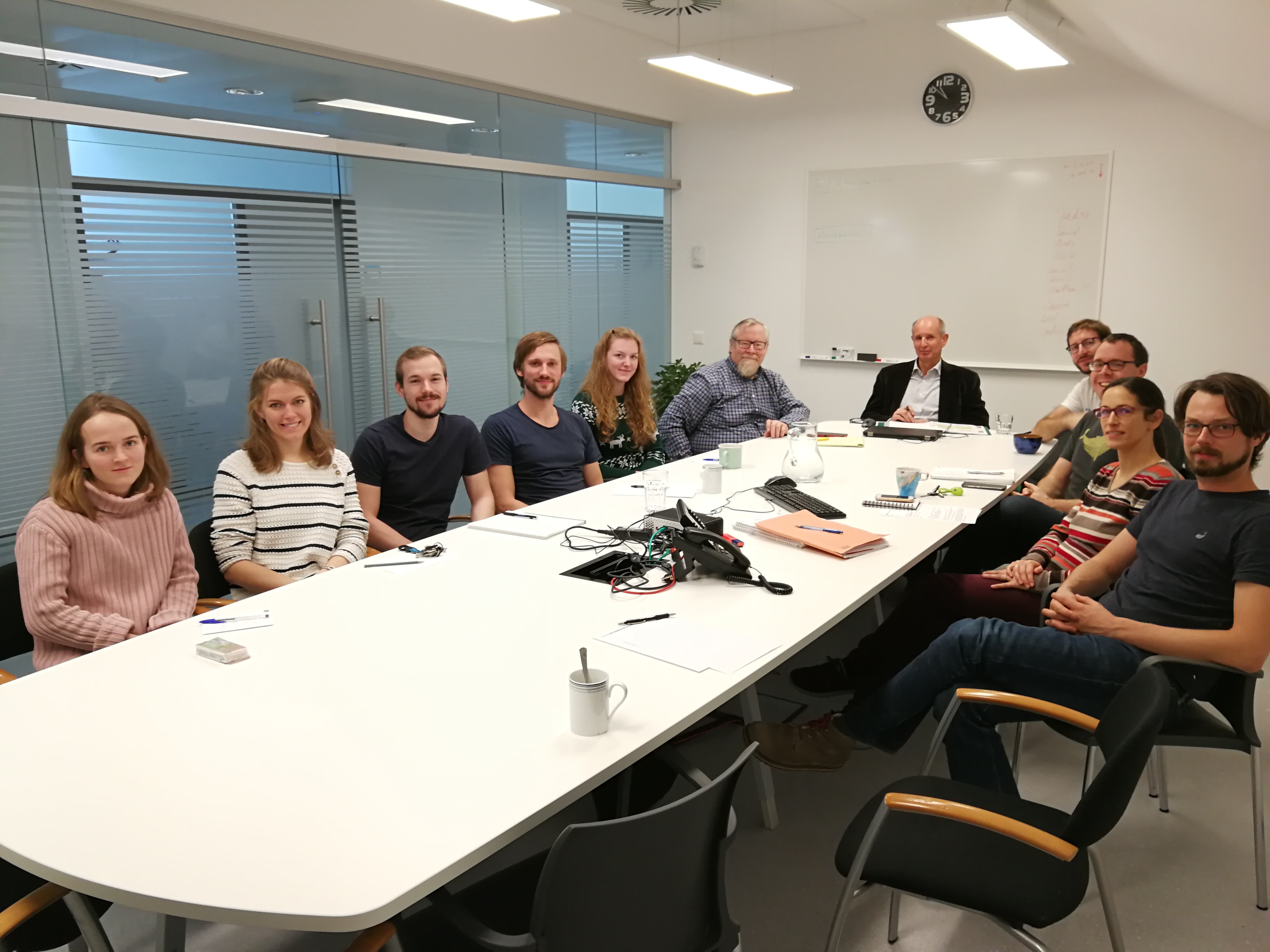
by Johannes Böhm | Dec 18, 2019 | Uncategorized
On the occasion of Matthias’ PhD defense, John Gipson from NVI/NASA GSFC visited the Vienna VLBI group. We took the chance to discuss the next steps for the generation of ITRF2020.
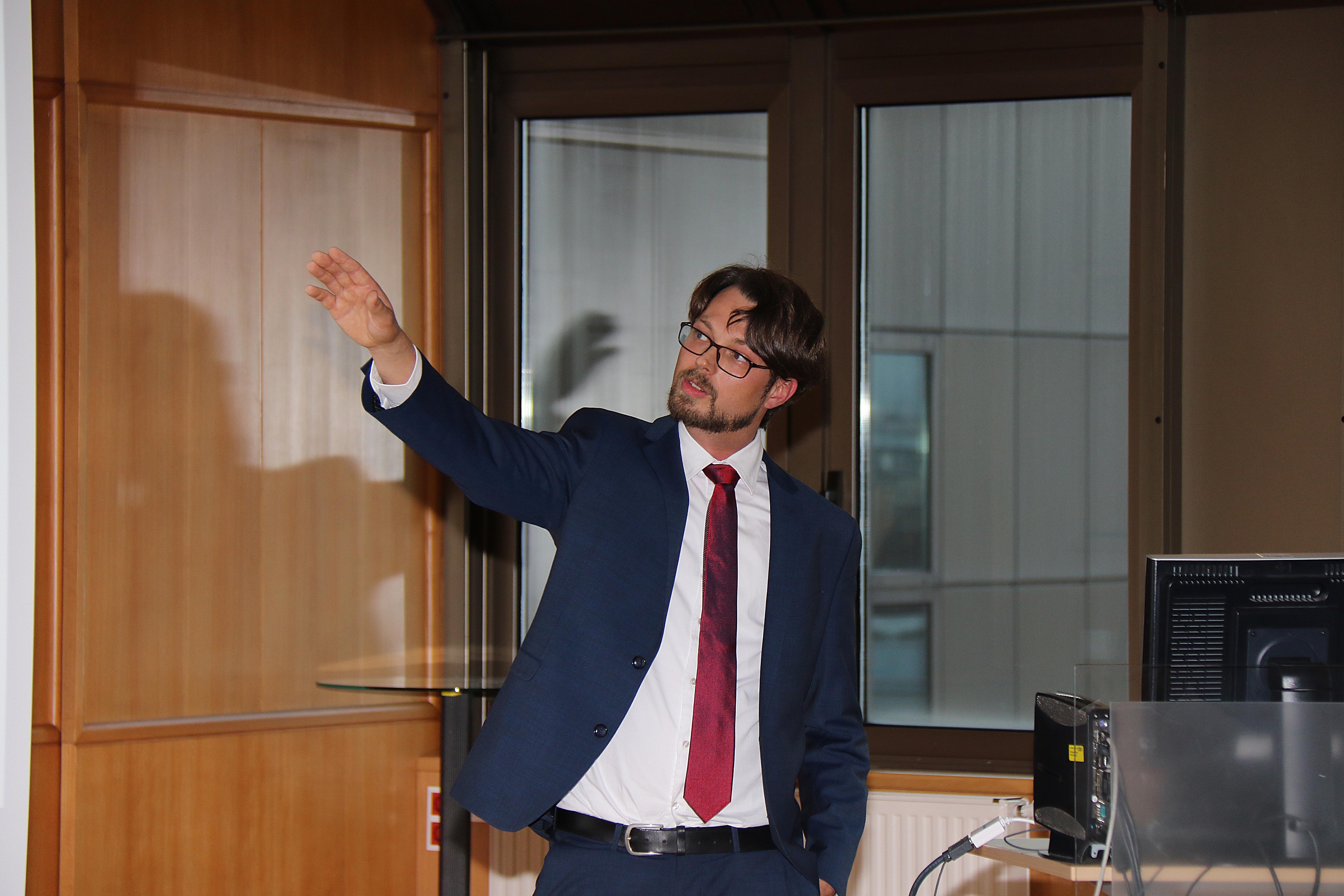
by Johannes Böhm | Nov 5, 2019 | Uncategorized
On October 22, 2019, Andreas Hellerschmied was awarded the Karl Rinner Award by the Austrian Geodetic Kommission (ÖGK) for the publication on VLBI observations to the APOD satellite in the Journal Sensors in 2018. Congratulations, Andi!
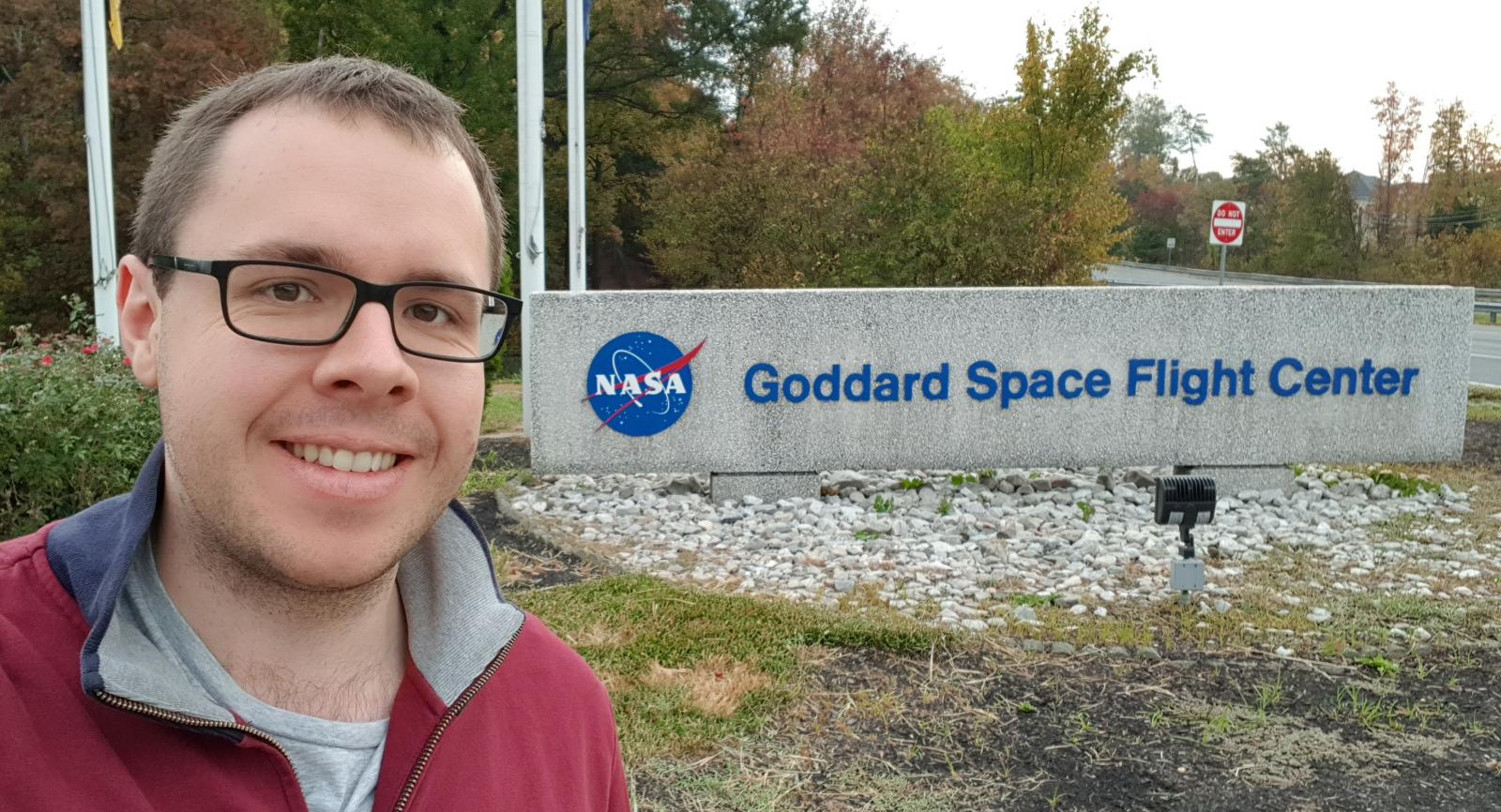
by mschartn | Oct 25, 2019 | Uncategorized
This week, Matthias Schartner is visiting the VLBI group of the NASA Goddard Space Flight Center in Maryland, USA. The main purpose of this trip to demonstrate and teach how to use VieSched++ and VieVS together to generate high-quality VLBI schedules and Monte-Carlo...
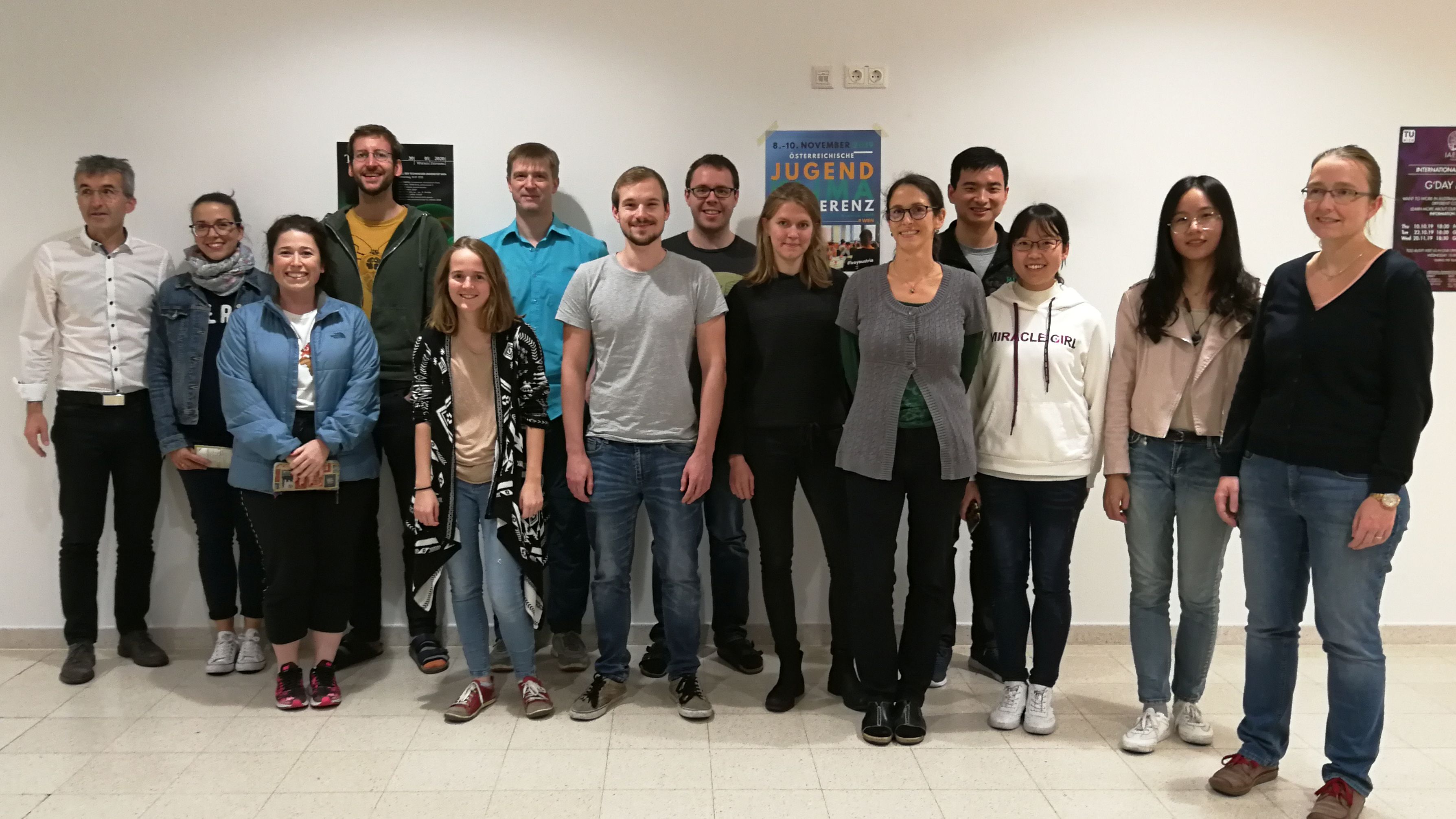
by Johannes Böhm | Oct 18, 2019 | Uncategorized
The third and final day of the VieVS days was devoted to the analysis of VGOS sessions as demonstrated by Markus and the presentation of the VieVS baseband simulator by Jakob. The first VieVS days in our new home – the Freihaus – went very well and will...
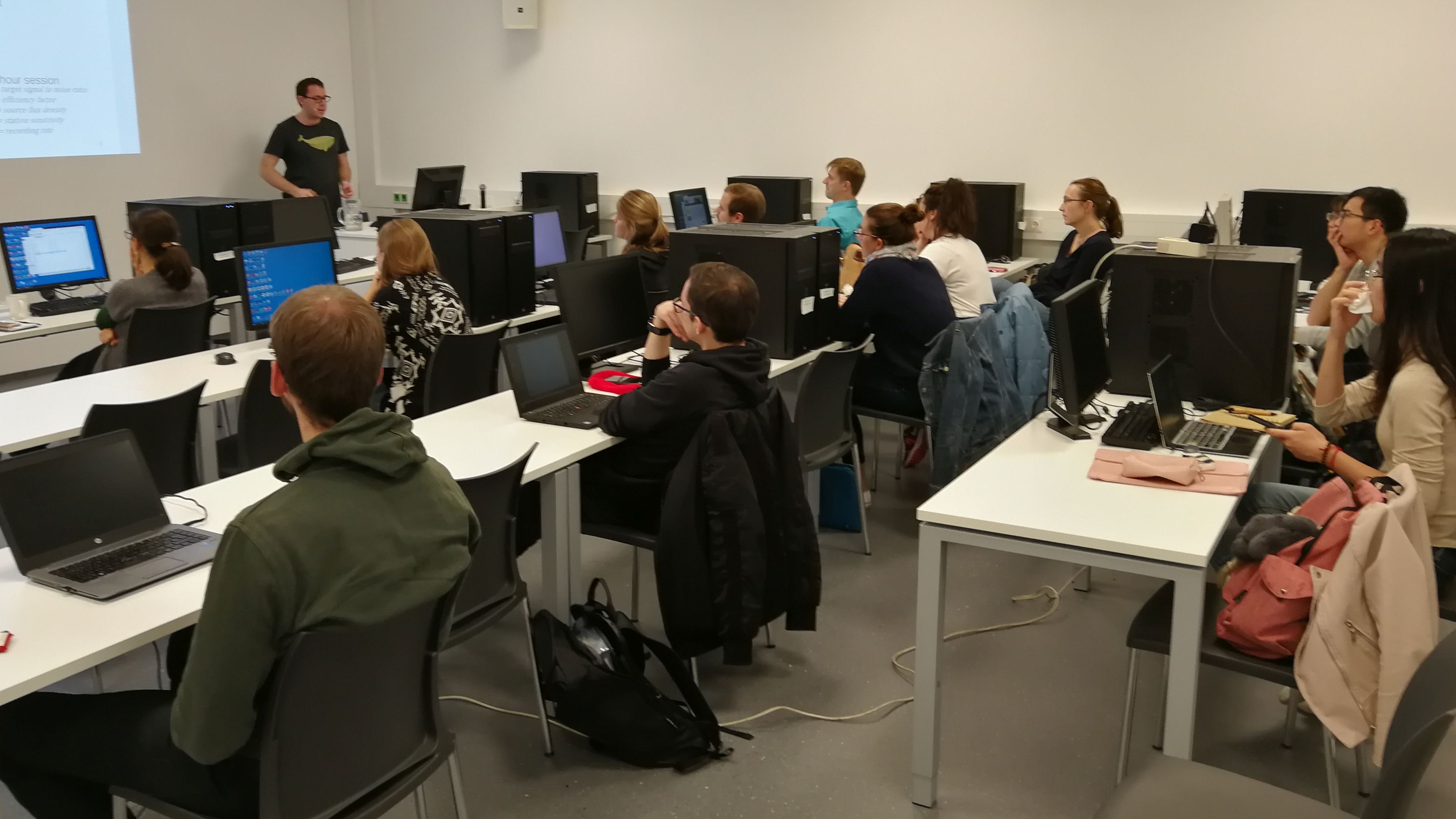
by Johannes Böhm | Oct 16, 2019 | Uncategorized
The second day of the VieVS days is dedicated to scheduling with VieSched++. Matthias explains the intricacies of scheduling with his easy-to-use software package.
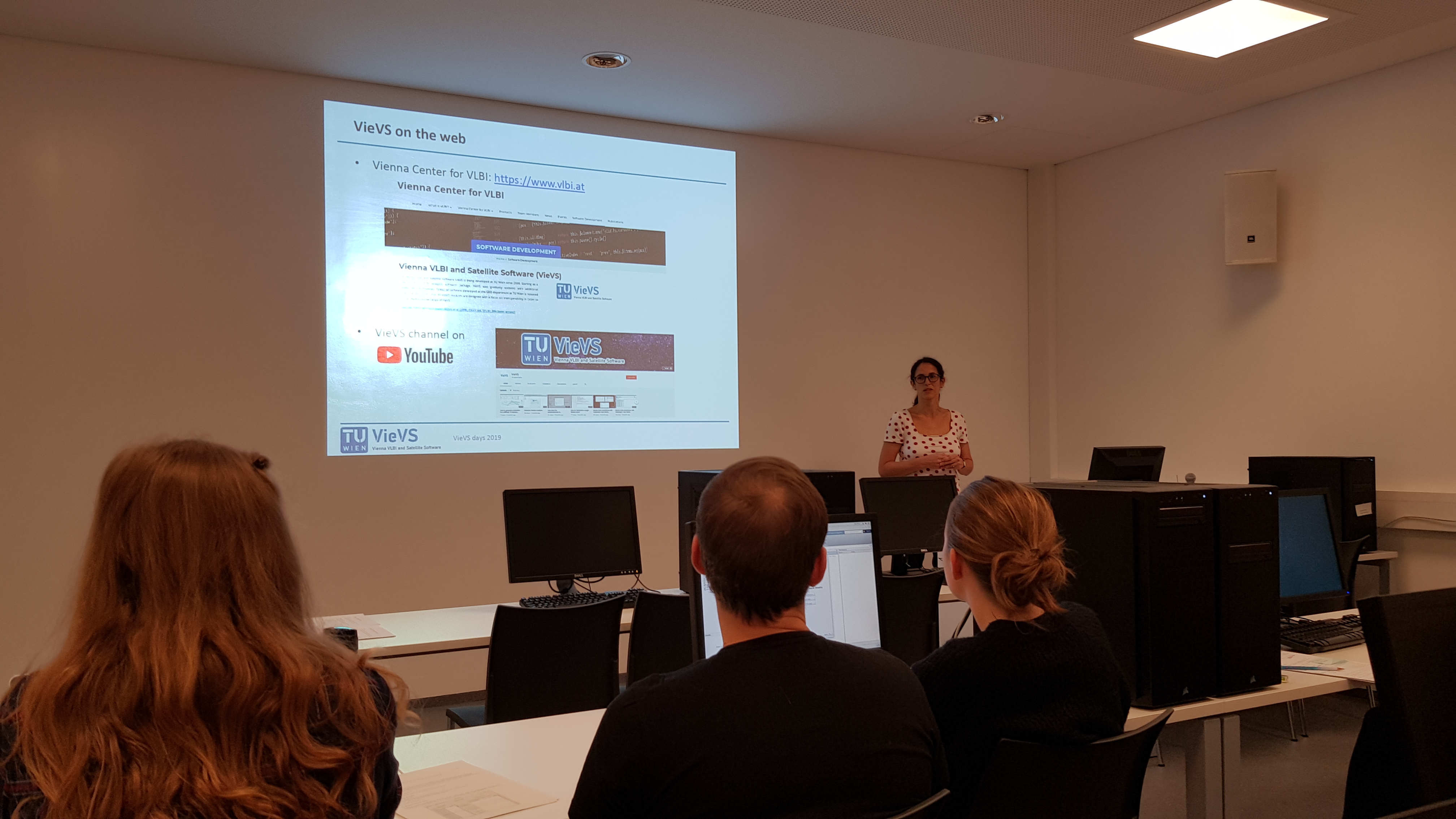
by mschartn | Oct 15, 2019 | Uncategorized
The first day of your “VieVS days” is almost over. A big thanks for our international participants from China, Germany, and Spain as well as to our students which took part. Also a big thanks to today’s lecturers Sigrid Böhm, Helene Wolf, and...
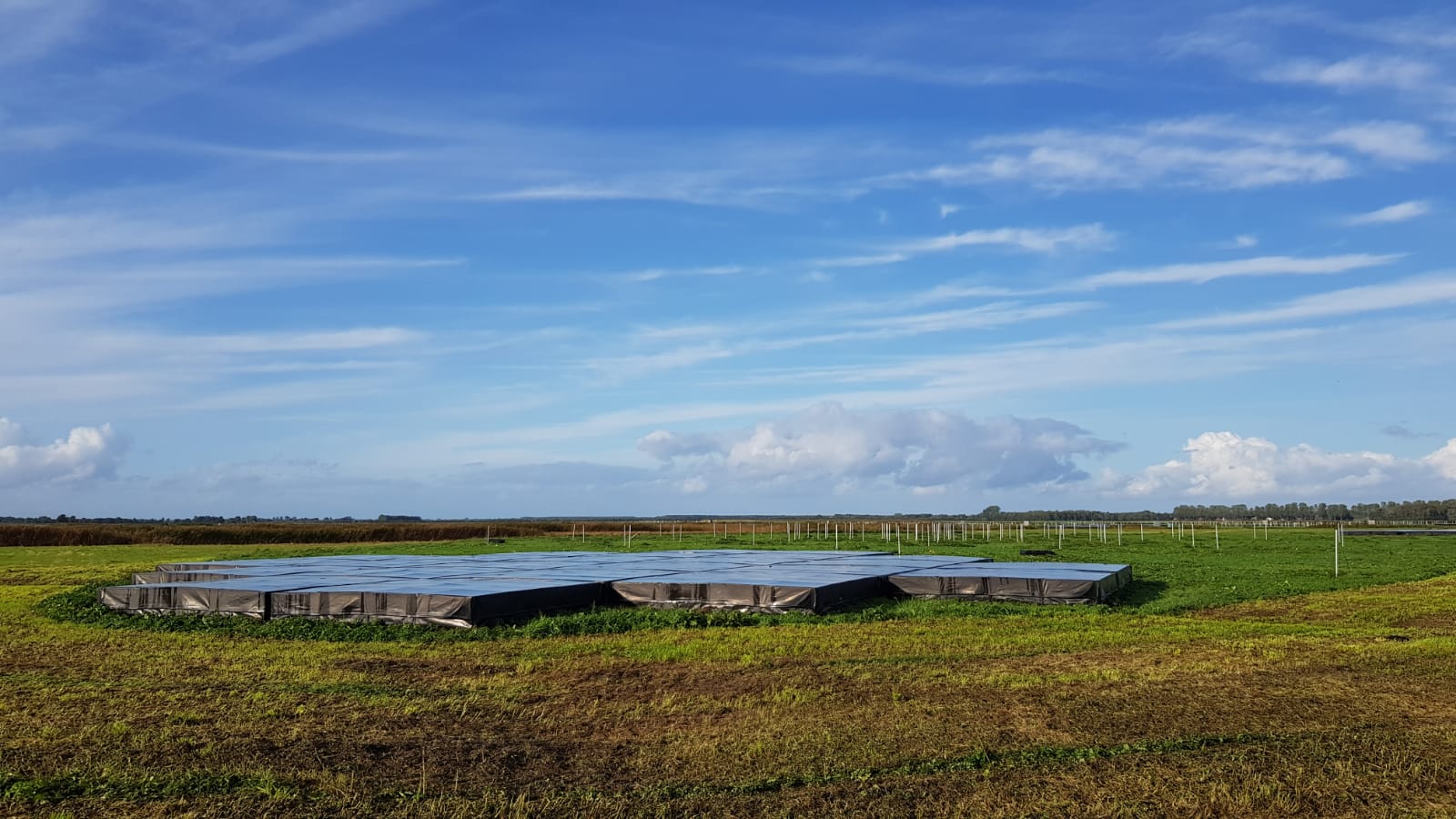
by mschartn | Oct 10, 2019 | Conference, Telescope
Today we visited the Westerbork Synthesis Radio Telescope (WSRF) and the Low Frequency Array (LOFAR) as part of the ADASS2019 conference. Especially LOFAR was very interesting since it is a very innovative new kind of telescope. Although it does not look very fancy,...
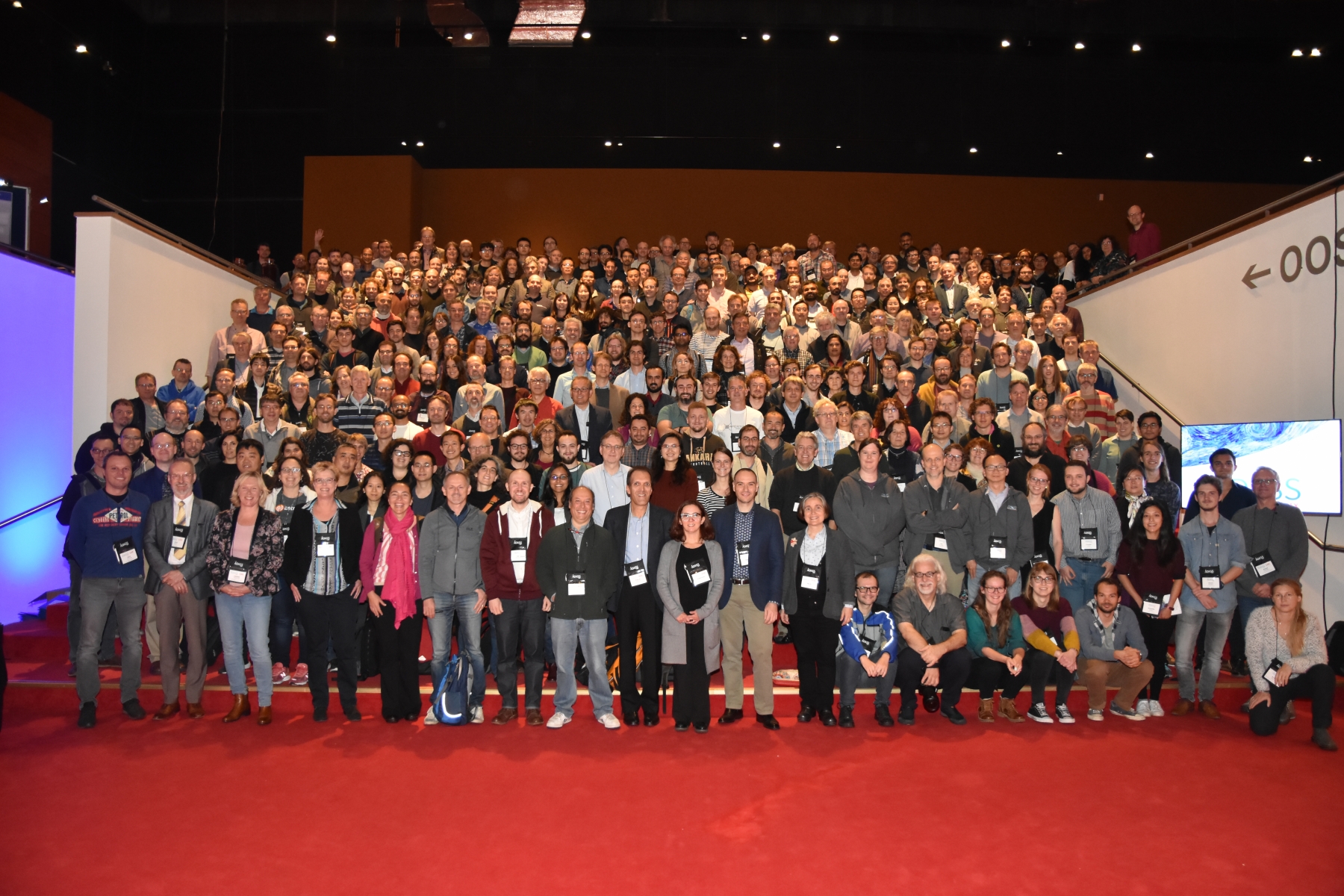
by mschartn | Oct 9, 2019 | Conference
For the first time, a member of the Higher Geodesy group in Vienna traveled to the Astronomical Data Analysis and Software System (ADASS) conference. This year, ADASS was hosted by the Netherlands in Groningen. Matthias Schartner presented his new VLBI scheduling...
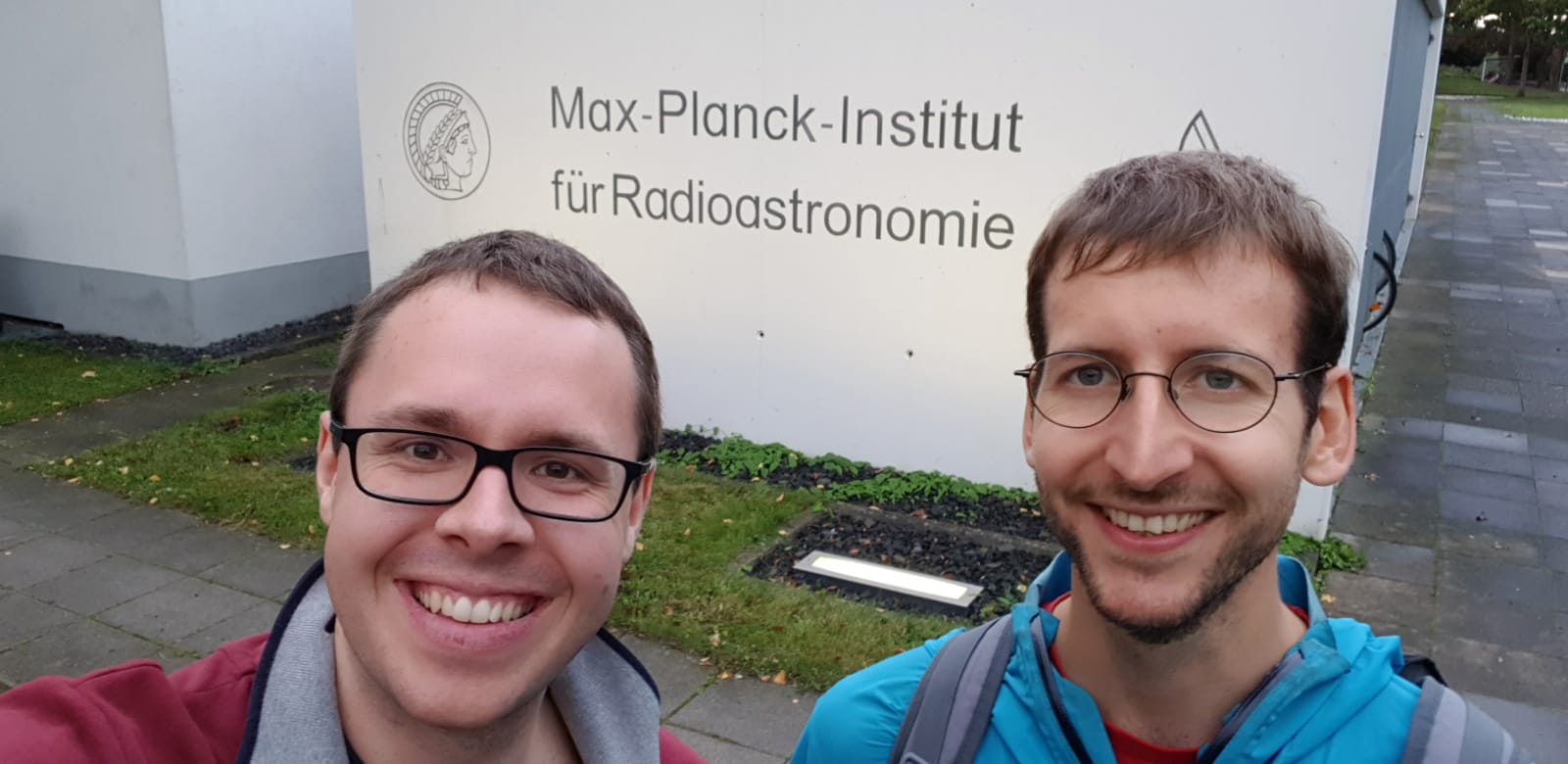
by mschartn | Sep 30, 2019 | Meeting
Matthias (left) and Jakob (right) visited the Max-Planck-Institut für Radioastronomie in Bonn to discuss the current status and future of the EU-VGOS project.
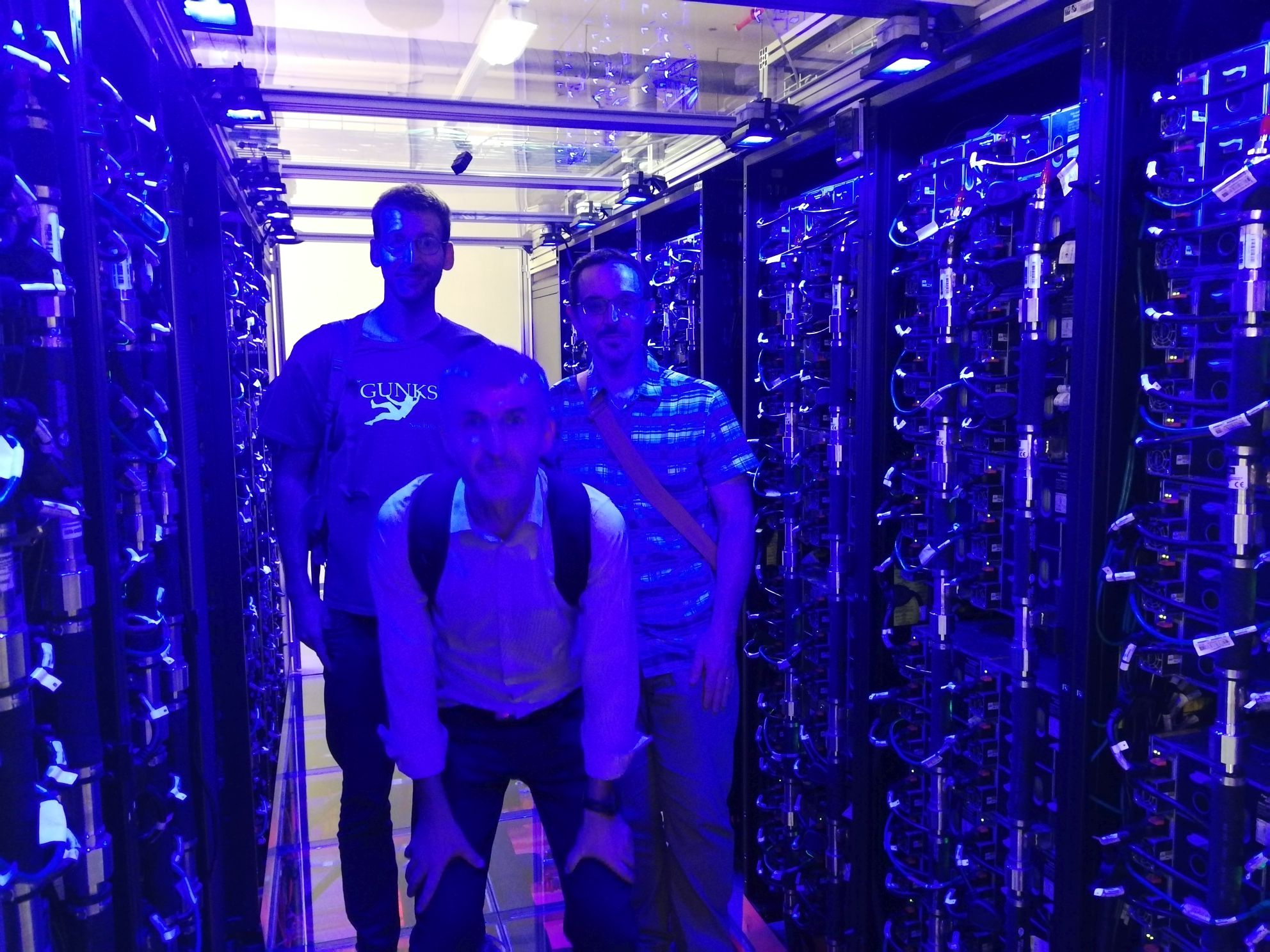
by Johannes Böhm | Sep 13, 2019 | Uncategorized
Jakob, Jamie and Johannes used the chance and visited the Vienna Scientific Cluster 4 (VSC-4) where we will use 10 private nodes for VLBI correlation. We are still waiting for the storage to get started.











